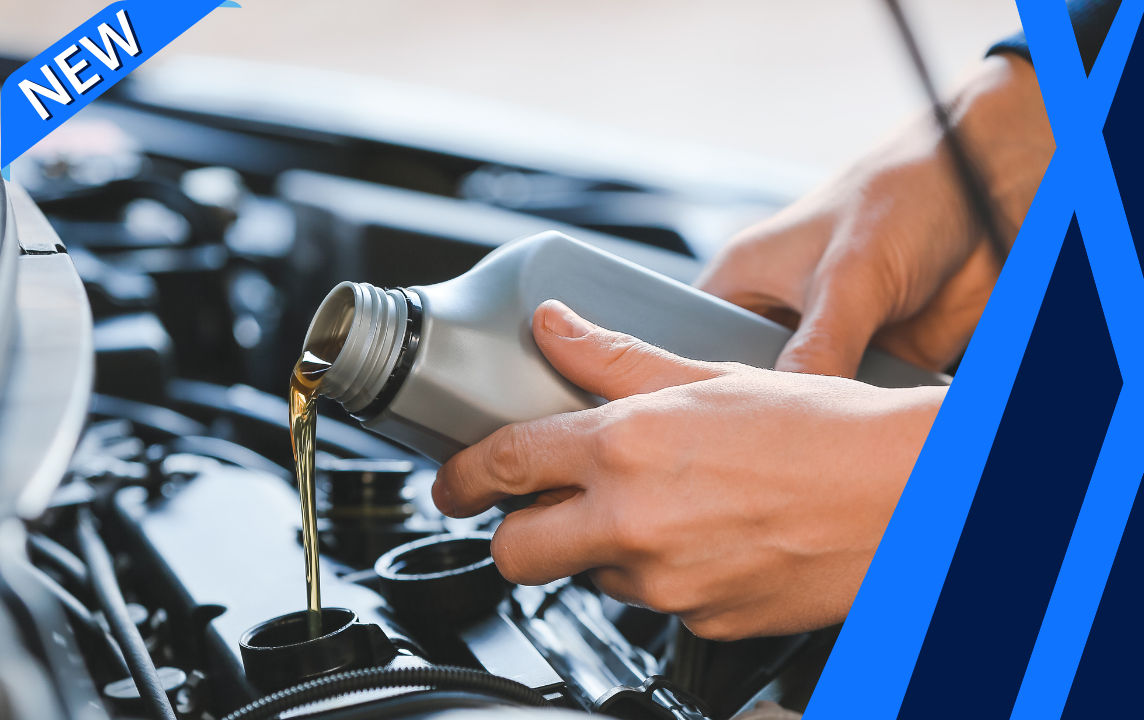Description
Clear fluid is leaking Inspection Service
Fluid leaking from a vehicle can be a concern for any driver. The most important thing a vehicle owner can do regarding fluid leaks is to identify the kind of fluid leaking from their vehicle and where it is leaking from. Clear fluid leaking from a car can range from the relatively harmless (water), to the potentially dangerous (brake fluid/petrol). Knowing the difference between various fluids will help a mechanic gauge what sort of repair will need to be done. Location is also critical when considering fluid leaks. For example, a fluid leaking from underneath the engine will likely require a different repair than a fluid leaking from around the middle or back of a vehicle.
How this system works:
Vehicles require many different fluids to run effectively and efficiently. Knowing the difference between these various fluids can be very helpful when speaking with a mechanic so that they can be better aware of what problems your vehicle may be experiencing. Many of the fluids your car will need are filled or refilled through reservoirs in the engine bay. Being able to differentiate between different fluids can be especially helpful if you notice liquid pooling underneath the engine, as the engine area/front of the vehicle is a common place to see a leak. A clear fluid leak could be a number of things based upon the location of the leak. Water leaks tend to occur at the front of the vehicle when condensation forms on the vehicle’s air conditioning system. Brake fluid leaks tend to occur around the middle or back of the vehicle and tend to be seen directly under the path of a vehicle’s brake lines, or around the wheels. Fuel leaks tend to occur toward the back of the engine around the filler neck/gas tank area.
Common reasons for this to happen:
- Water from A/C: A clear fluid leaking from the front of the vehicle is likely to be water. If you have been running the A/C, condensation forms on a part of the air conditioning system called the evaporator. Water droplets then fall underneath the engine bay area. If you suspect a water leak, it is always best to examine the fluid to make sure it is not something more serious.
- Failing Break Lines: Clear fluid leaking from the middle of the vehicle may be brake fluid. New brake fluid is typically clear, becoming yellow and even brown as it gets older. Brake fluid is also a different consistency than water, and feels slick to the touch. As brake lines get older and begin to rust, they may begin to fail, causing brake fluid to leak underneath the vehicle. Brake fluid leaking from around the wheel area may be because of worn wheel cylinder seals. Brake fluid leaks are potentially dangerous as the braking ability of your vehicle may be compromised by the loss of pressure in the braking system.
- Leaking Gas Tank: Clear fluid leaking from the back of the vehicle may be petrol. Petrol is easiest to distinguish because of its unique smell and the rainbow effect it produces when seen on the ground in light. Petrol leaks are potentially dangerous and can dramatically affect economy. Just like brake lines, the gas filler neck and tank can become rusty and fail, causing a leak.
What to expect:
A top-rated mobile mechanic will come to your home or office to determine the fluid that is leaking and where it is leaking from. The mechanic will then provide a detailed inspection report outlining the nature and cause of the leak and the cost of any repairs that need to be made.
How it’s done:
A mechanic will first identify the type of fluid leaking and the origin of the leak. Providing the mechanic with this information can help save time and will give him or her a better idea of what the problem might be.
If the leak appears to be water coming from the front of the engine, the mechanic should check your vehicle’s air conditioning system to make sure it is working properly. If the leak appears to be brake fluid, the mechanic may have to replace brake lines or wheel cylinder seals. When replacing brake lines, it is wise to have all of lines replaced at the same time. This will guarantee that all the lines are new and will not be affected by corrosion in the same way the old lines were. The mechanic will then go through a process called “bleeding” in which excess air is removed from the braking system. They will then top off brake fluid as necessary. If the leak is from a wheel cylinder seal, the mechanic will also inspect brake shoes to ensure their effectiveness. If the leak appears to be petrol, either the filler neck, gas tank, or both may need to be replaced.
The mechanic will determine what needs to be replaced and perform the necessary repairs. During the process, the mechanic will make sure that the new parts fit together nicely to ensure that there are no further leaks.
How important is this service?
All leaks are important to monitor, but clear fluid, especially if it leaking from the middle or back of the vehicle, is critical to have inspected. Leaking petrol or brake fluid could potentially cause a fire or loss of braking ability. Vehicles with petrol or brake fluid leaking should not be driven until they can be safely repaired by a mechanic. Being able to identify the different liquids your vehicle uses can help a mechanic quickly find the source of a problem and begin the necessary repairs.




